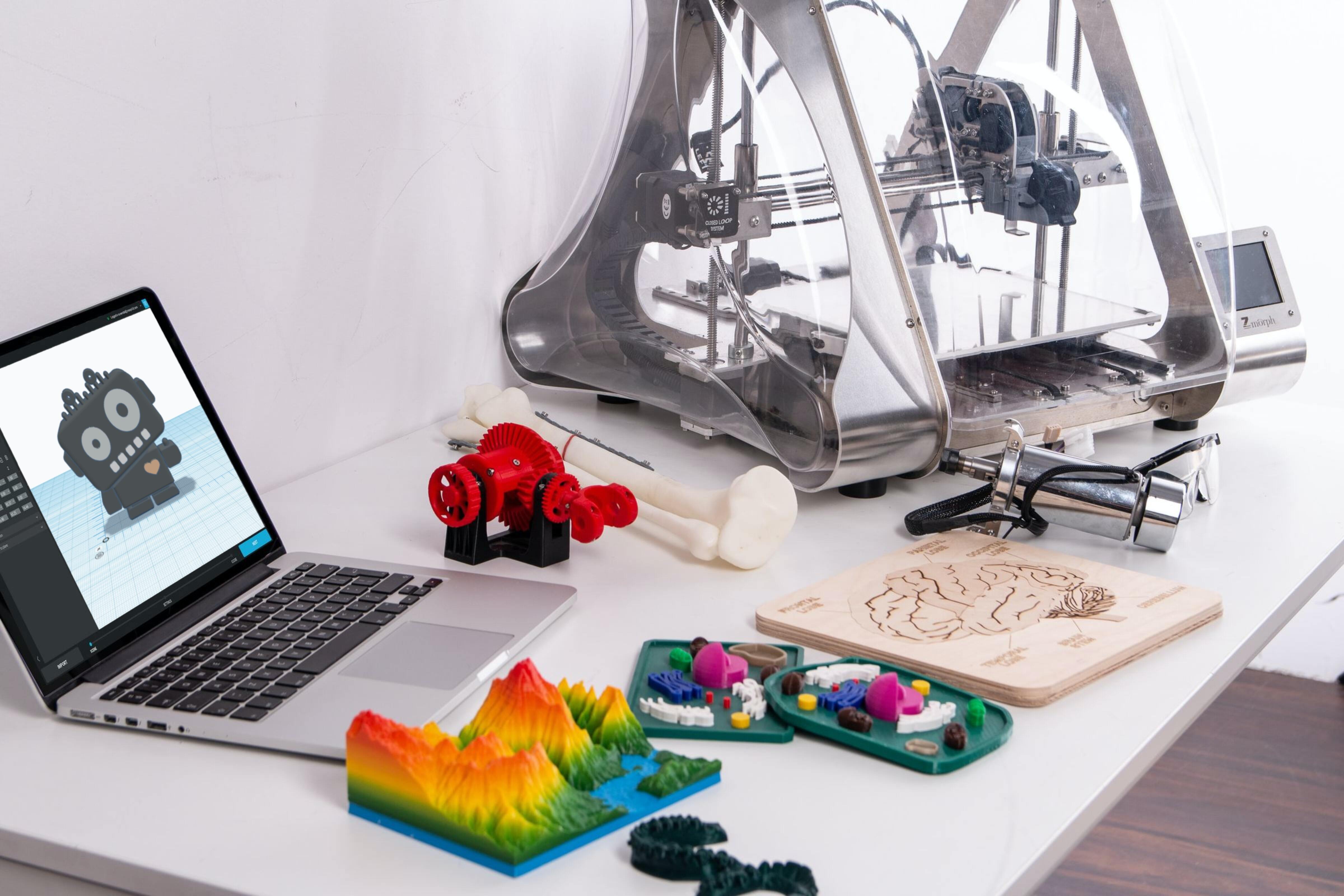Introduction About Mvp
Everyone wants to put entrepreneurs with #selfmade on their Instagram bio, but there are very few people around who know the core idea behind it.
Entrepreneurship in simple words is the ability to find a gap in the market and fulfill that gap or untapped potential with your product or service, and bear the risk associated with it. Remember not every businessman is an entrepreneur.
However, it’s not simple as it may seem there are many elements that you’ve to learn to be a successful entrepreneur.

One of the main concepts in Entrepreneurship is MVP (Minimum Viable Product). Developers can potentially save lengthy and unneeded work if they focus on releasing an MVP. Instead, they develop functioning versions and respond to input, challenging and validating preconceptions about the objectives of a product. Frank Robinson created and defined the concept in 2001, and Steve Blank and Eric Ries publicized it. In the book “Lean Startup by Eric Ries” MVP is defined as “that version of a new product which allows a team to collect the maximum amount of validated learning about customers with the least effort.” We don’t want to exhaust all our resources in a product that’s not even tested in the market yet – so to test it and to gather customer response from it we first create a product with minimum features available. Minimum features in a way that the product does not lose the core value it is designed to give – in MVP we just don’t add the cherry on the top features.
To design an MVP, we first have to list down the most important features of the product, features that can't be ignored in any circumstances. Let’s call it “A-Features”, then we’ve to move towards “B-Features”, the features that we can add but are not that important so in that pool we look at the overall budget and expected ROI (return on investment) it’ll give. In most cases for “B-Features”, we try to add them, if they’re not time and money exhausting. Then there are “C-features”, the elements which are not important but are mentioned in product description because they enhance the overall experience of the user, for that type of element we just simply ignore them.
An out-of-the-box product launch can go both sides, whether it be successful and adopted by the market or the market can simply reject it. We should be open to both sides, ignoring any one of them may make us too skeptical or too optimistic, we’ve to let the market decide whether it’s delivering the value they want at this stage and point or not.